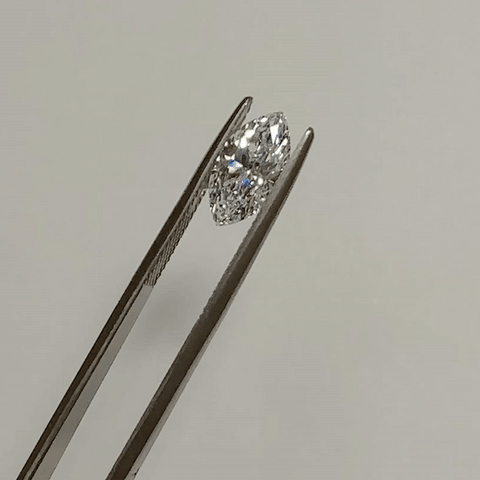
Round
Round diamonds are the most classic and familiar of the shapes.
Unlike fancy shapes, round diamonds are graded on the quality of their cut, in addition to their polish and symmetry. This is why you may hear the term “triple ex” when referring to a top tier round diamond: excellent cut, excellent polish, and excellent symmetry.
The depth percentages and measurements are also important to pay attention to when it comes to round diamonds. If it is cut too deep with a high crown, the stone will look almost conical, a common issue we see with lesser stones sold online.


No matter what shape of diamond you’re looking at, these are a few other considerations to take into account:
- Who certified the diamond? Some companies sell diamonds that were graded by in-house gemologists; we strongly believe it is best if a diamond is graded by a third-party lab such as GIA, IGI, or GCAL. GIA tends to have stricter standards than the other two labs. This does not mean non-GIA graded diamonds are undesirable, but rather it just means you may not be comparing apples to apples if you’re looking at stones graded by different labs.
- Are any inclusions visible to the eye? In diamonds with VS2, SI1 and SI2 (and below) clarity grades, there may be small imperfections that are visible without a loupe. The details of those inclusions matter. if they’re in a corner that can be covered by a prong, for example, or if the inclusion is a white feather, it won’t impact the final look of your ring and that stone is likely a great buy.
- Is there fluorescence present? Generally with higher colors, it is better to have less fluorescence, because fluorescence often results in a less lively stone. However, fluorescence can also help warmer colors look whiter on their face.
- How is the symmetry and polish graded? A top grade on both will contribute towards the diamond’s overall brilliance and shine.



